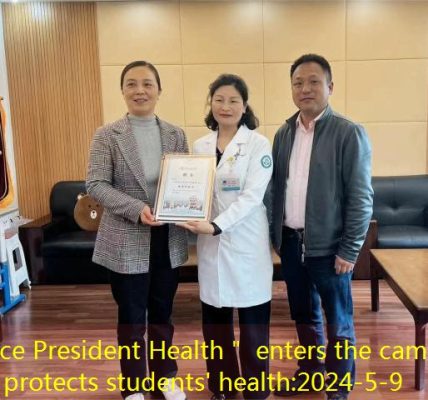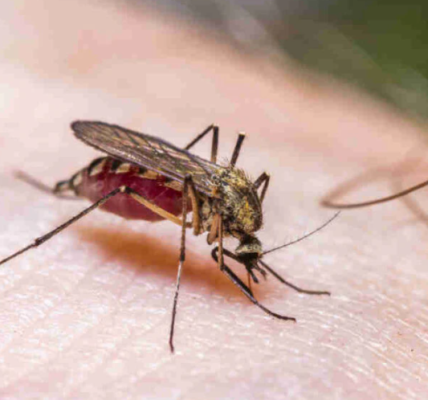Using dynamic whole-body positron emission tomography (PET), a group of scientists at the University of California, Davis, has imaged for the first time the immune response of recovering patients after infection with the COVID-19 virus. Their study, published in Science Advances, provides a better understanding of how the body’s immune system responds to viral infection and produces long-term protection against reinfection.
The researchers used the uEXPLORER whole-body PET scanner, an innovative imaging technology developed at UC Davis in collaboration with United Imaging Healthcare.
Dynamic positron emission computed tomography involves injecting a very small amount of a radioactive tracer into the patient’s body, followed by continuous imaging over a period of time. Dynamic Positron Emission Computed Tomography (PET) is an innovative technique that involves injecting a radiotracer into a patient’s body and then performing serial imaging over a period of time, essentially creating a movie showing the kinetics (distribution over time) of the radiotracer in the body. Mathematical models can then be applied to extract biologically relevant information.
Whole-body PET scanners allow simultaneous dynamic imaging and kinetic modeling of all organs in the body. They are significantly more sensitive than conventional PET systems. This means better image quality and the ability to use lower doses of radiotracer.
“Dynamic whole-body positron emission computed tomography is currently the only technology with an acceptable radiation dose to non-invasively quantify the distribution and transport (movement) of immune cells in all tissues of the living human body,” said Negar Omidvari, first author and assistant project scientist in the Department of Biomedical Engineering at the University of California, Davis.
A non-invasive technique for studying the human immune response
CD8+ T cells are specific immune cells that contain CD8 protein on their surface. During a viral infection, naïve (non-customized) CD8+ T cells are activated and become cytotoxic. This means that they find and kill infected cells. Some of these CD8+ cells develop into antigen-specific memory T cells, which are used for long-term memory protection against reinfection.
These cells circulate in the bloodstream, but are primarily found and function in non-blood tissues, especially lymphoid organs such as bone marrow, spleen, tonsils and lymph nodes.
“There is increasing interest in studying the critical role of CD8+ T cells in immune response and memory. However, assessing immunological changes in non-blood tissues is challenging due to the invasive nature of biopsies. In some cases, it is impractical to do so even in certain anatomical regions of the living participant, such as the brain, spinal cord, cardiopulmonary tissues, and vascular tissues,” Omidvari said.” The challenge, therefore, was to find a non-invasive, quantitative method to measure the distribution and transport of CD8+ T cells in vivo that could also be used safely in healthy populations.
CD8+ T cell proliferation in bone marrow of COVID-19 patients
In this study, researchers recruited three healthy people and five patients who had recovered from COVID-19 infection. The recovered patients had mild or moderate symptoms and were not hospitalized.
The research team injected the participants with a small amount of radioactive fluid, which included an immune PET radiotracer (8Zr-Df-Crefmirlimab) targeting human CD89. The team performed a 60-minute dynamic scan, a 60-minute scan, and a 10-minute scan on each participant at 90 and 48 hours after the injection, respectively. Four months later, the recovering patients received the same scans.
The researchers measured the activity of the radiotracer in blood and non-blood tissues using PET images. They performed kinetic modeling to isolate the effects of blood circulation on the tissue. In this way, they were able to measure tissue uptake of the radiotracer independent of imaging time and differences in each participant’s blood.
Key findings
Using whole-body positron emission computed tomography, the researchers noninvasively measured T-cell distribution in all tissue types throughout the body and obtained excellent image quality. The study showed that in the lymphoid organs of all participants, CD8



